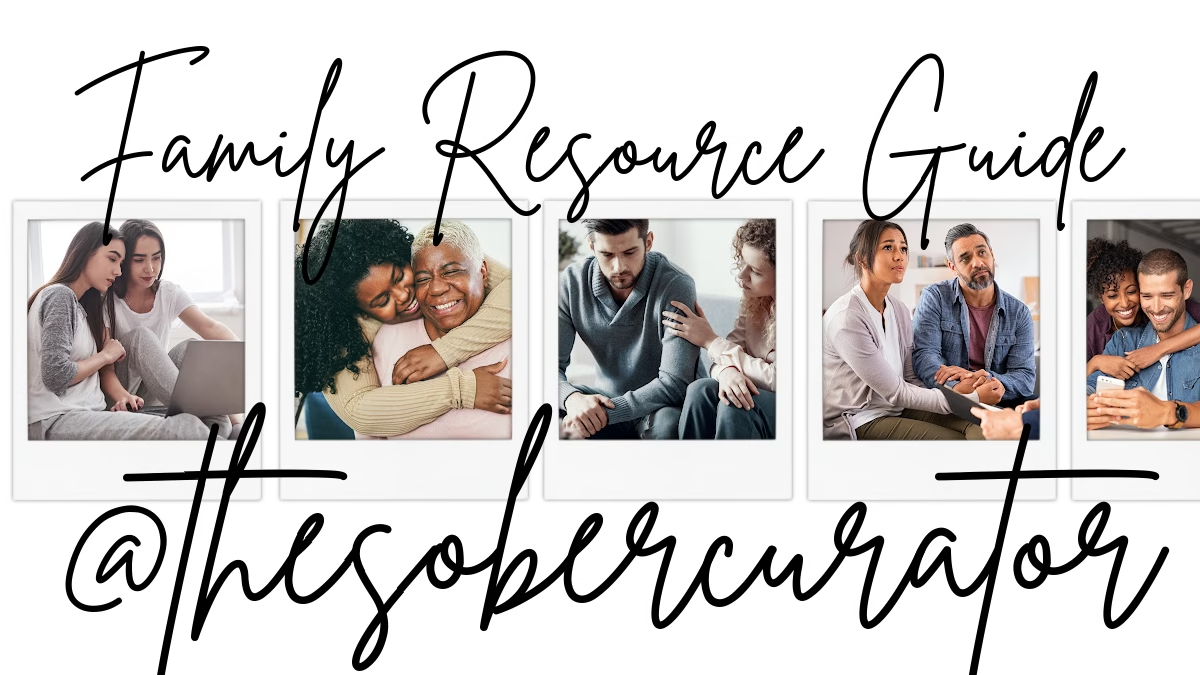
If you’re choosing an addiction‑focused practicum for an MSW, you’re balancing two priorities that matter deeply. Safeguarding hard‑earned sobriety and building marketable clinical skills in places where need is high and impact is real. The path is absolutely doable for anyone pursuing a masters in clinical social work when selection is guided by reliable evidence on where the demand is, how telehealth expands safe training options and what supervision and boundaries look like in practice, not just on paper. You will need to see how to match setting to personal safety, use structured supervision to prevent drift, harness telehealth for robust clinical exposure and document like a clinician so the experience turns into career capital.
Placement with a purpose
Start by targeting sites that align recovery needs with skill growth, such as integrated behavioral health teams, telehealth‑enabled programs or clinics that serve mental health shortage areas, because those settings combine supervision opportunities with broad, meaningful exposure. The labor outlook supports this approach, with a projected 6% growth for social workers from 2024 to 2034, roughly 74,000 openings each year and a median annual wage of $61,330 as of May 2024, which signals stable demand for strong generalist and clinical competencies developed in high‑need environments. To make the choice practical, apply a two‑lens checklist that keeps sobriety central while signaling readiness to employers.
- Recovery safety: identify personal triggers, confirm caseload size, set weekly supervision cadence, and map crisis escalation steps before day one.
- Career signal: ask about documentation standards, brief evidence‑based interventions, care coordination, and interprofessional practice to ensure your hours translate to employability.
- Population need: prioritize sites serving communities within mental health HPSAs to build experience that literally meets people where services are scarce.
Supervision that shields and grows
Good supervision is a protective factor, especially in addiction care where exposure to intense stories and acute needs is common, and students deserve structure that is routine, not reactive. Practitioner studies highlight organizational contributors to burnout, which means clarity on caseload, guaranteed reflective supervision and defined debriefs after high‑intensity sessions should be negotiated up front rather than left to chance.
What if the first deliverable was a jointly authored supervision agreement that specifies boundaries, crisis protocols, documentation expectations and recovery accommodations, which normalizes safety as part of professional excellence?
Telehealth as a safer springboard
Telehealth offers a flexible path to build clinical strength while reducing environmental triggers and transportation demands, which can be crucial during formative training months. Federal policy keeps the door open through September 30, 2025, for wide Medicare telehealth access, including audio‑only in specific contexts, so programs that use virtual care can be high‑yield training grounds this year.
Evidence matters here too, since telemedicine initiation of buprenorphine has been associated with higher 90‑day retention versus in‑person initiation, without increased nonfatal overdose in a large Medicaid cohort, which supports remote workflows as clinically robust when paired with solid supervision and documentation.
Document like a clinician, think like a strategist
Treat every encounter as both client care and a training artifact, which means brief, evidence‑based interventions, clear notes and consistent care coordination that demonstrate clinical reliability to future supervisors and hiring managers. The current demand backdrop is unmistakable, with 47.7 million people reporting past‑month illicit drug use in 2023 and 134.7 million reporting past‑month alcohol use, based on a nationally representative survey with documented methods, so exposure to screening, brief intervention and warm handoffs is a practical necessity in most placements.
Build a skills ledger that maps your interventions, policies followed and outcomes achieved, which turns supervision feedback and telehealth workflows into a tangible portfolio for licensure‑track applications.
Boundaries are a clinical skill
Protecting sobriety isn’t separate from good practice. It’s part of it, and boundary plans deserve the same structure as any treatment plan or supervision schedule. Organizational conditions drive much of burnout, so embedding limits on caseload, regular debriefs and routine reflective practice into the placement’s rhythm is preventative care for you and higher quality care for clients, which is a win on both sides.
A weekly recovery audit with your supervisor that checks sleep, supports, triggers and small wins keeps wellness visible and actionable, which helps catch drift early and builds habits you can carry into licensed roles.
Why this approach works now
Two things reinforce the practical value of this plan right now, the workforce reality and the policy window, and both favor students who choose thoughtfully. The workforce picture shows ongoing openings for social workers, while millions live in mental health shortage areas, which means practicums that serve access gaps are both needed and career‑smart.
The policy picture keeps telehealth widely available for at least the current year, and updated rules continue to support remote access to medication for opioid use disorder within defined safeguards, which multiplies the number of viable, supervised training settings you can consider.
Choose a site that meets real access needs, lock in structured supervision, use telehealth to broaden exposure without compromising safety, document rigorously and embed boundaries as part of clinical practice, which is a reliable way to protect recovery and build momentum at the same time.
The next year remains favorable for tele‑enabled behavioral health training, and carefully chosen practicums can compound into licensure‑ready portfolios in settings that value your skills and your story, which is exactly the combination clients need. The takeaway is simple. Match personal safety with population need and evidence‑based workflows, then let your practicum become the first chapter in a sustainable career serving people who deserve consistent, capable care.

SPEAK OUT! SPEAK LOUD! at The Sober Curator is a celebration of authentic voices in recovery—echoing Madonna’s call to “Express yourself!” Here, readers and contributors take the spotlight, sharing transformative sobriety journeys, creative talents, and new avenues of self-expression discovered along the way. Through videos, poems, art, essays, opinion pieces, and music, we break the silence that often surrounds addiction, replacing it with connection, hope, and inspiration.
Your story matters—and we want to hear it. Submit your work to thesobercurator@gmail.com or DM us on social media.
Disclaimer: All opinions expressed in the Speak Out! Speak Loud! Section are solely the opinions of the contributing author of each individual published article and do not reflect the views of The Sober Curator, their respective affiliates, or the companies with which The Sober Curator is affiliated.
The Speak Out! Speak Loud! posts are based upon information the contributing author considers reliable. Still, neither The Sober Curator nor its affiliates, nor the companies with which such participants are affiliated, warrant its completeness or accuracy, and it should not be relied upon as such.

SOBER LIFESTYLE: Worklife After Sobriety: How to Find a Job and Keep It

FAMILY RESOURCE GUIDE: Families play a pivotal role in both the path to and through recovery. Research shows that individuals with strong family support have significantly better outcomes, including higher rates of sustained sobriety and improved mental well-being.
According to SAMHSA, people in recovery who receive active support from family members are twice as likely to remain sober and successfully engage with treatment plans. In fact:
- Recovery programs with family involvement see over 60% higher adherence to treatment protocols.
- Nearly 90% of people in recovery credit family or caretaker emotional support as a significant factor in their continued sobriety.
- Active family engagement reduces relapse risk, helps establish healthy routines, and strengthens motivation and accountability.
When families commit to learning about addiction, joining support groups, and actively participating in recovery, their involvement becomes transformative—not just supportive. Recovery is a collective journey, and compassionate, informed family engagement can be the foundation for lasting change.
If you or someone you love is in immediate danger, call 911. If you are in crisis and need immediate help, call 988.
You’ve got mail from The Sober Curator

Resources Are Available
If you or someone you know is experiencing difficulties surrounding alcoholism, addiction, or mental illness, please reach out and ask for help. People everywhere can and want to help; you just have to know where to look. And continue to look until you find what works for you. Click here for a list of regional and national resources.






